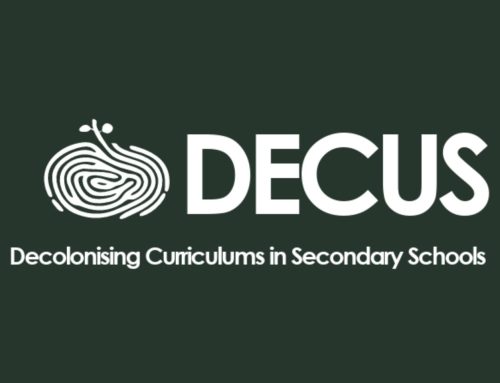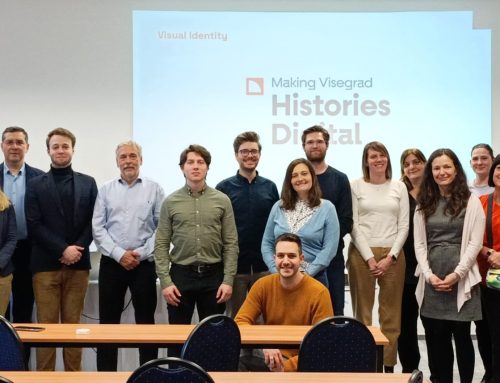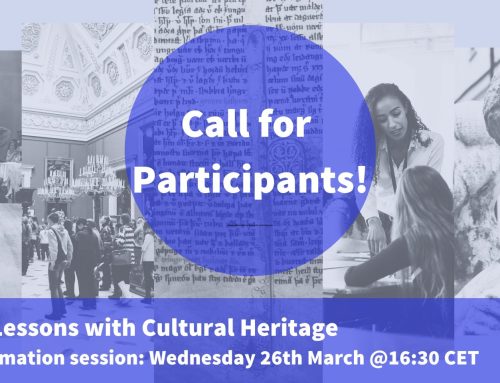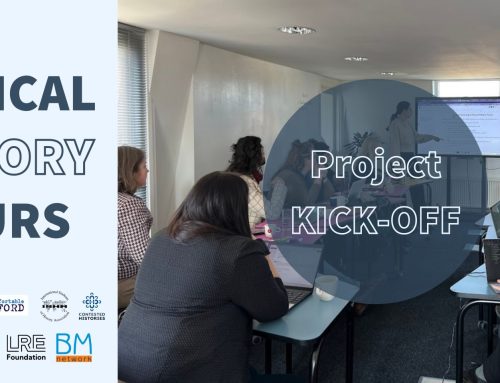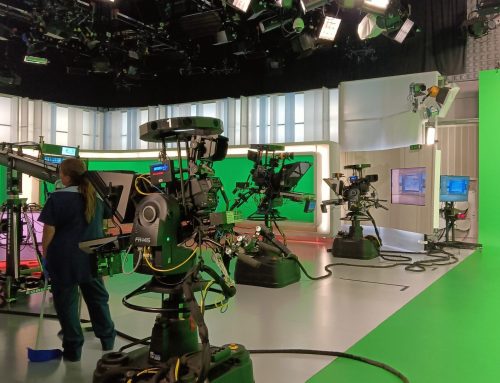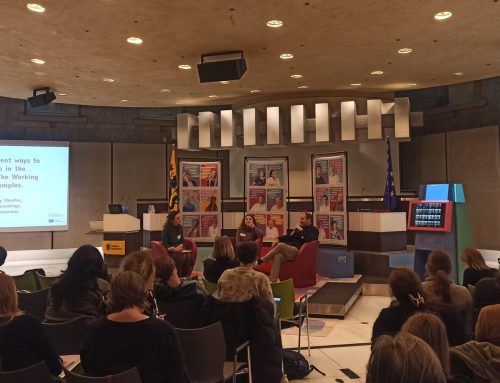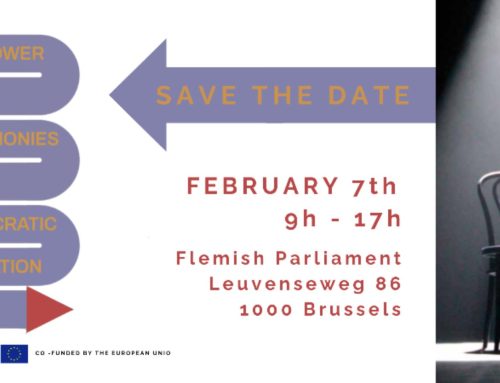In the current media landscape, students might have the feeling that they are being overwhelmed by information, both online and offline. Sometimes, they can struggle with determining which information is trustworthy, reliable and useful, and which is not. EuroClio strongly feels that many of the competences and skills that modern history education stimulates might help students in identifying, judging and presenting information retrieved online.
This is the reason why EuroClio has analysed a variety of competence frameworks and publications about media literacy, aiming at the production of the competence framework on history education contribution to media literacy that you can find below.
This competence framework shows how history education can directly contribute to media literacy amongst students. One of the most important aspects of history education is developing critical thinking and a critical stance towards sources. This includes both historical sources, but also contemporary sources. As many of these sources can be found online, it is by working and analysing them that students develop media literacy competences.
| History Education Contribution to Media Literacy | A: Knowledge & understanding | B: Skills | C: Attitudes | D: Values |
| 1. Students search and find (historical) information | Students know where historical information can be found – both online and offline. They understand what the characterstics of trustworthy information are and understand that biased sources can still still be useful for answering (historical) questions. | Students can find relevant historical information (online and offline), they are able to formulate relevant research questions. | Students are curious towards the original sources of historical information. They are willing to do additional research to verify that information is correct and do not to rely on one source of information. | Students find it important that statements and claims (related to history) are made based on reliable information and solid evidence. They approach historical subjects in a multi-perspective way. |
| 2. Students evaluate and make judgements about (historical) information | Students know and understand that (historical) sources are always created within a context. They know and understand that (historical) information is always made for a certain purpose, and are aware of the views, beliefs, and information available at the time. Students have clear benchmarks (principles of source criticism) against which they evaluate the usefulness of sources as evidence. | Using the principles of source criticism, students are able to assess the reliability, usefulness and relevance of (historical) information. They judge a source based on its origins, context, target audience, and use this information to answer research questions. | Students do not take information at face value. They are critical towards the origins of the information. They always take into consideration on what grounds and for what purpose information is displayed. | Students find it important that the judgements they make about history are fair, especially when these relate to moral and ethical issues (such as: dealing with guilt, assigning blame). |
| 3. Students develop and present (historical) information | Students have an understanding of how media is created and used, both in historical and current contexts. Students have an understanding of the advantages and disadvantages, and the defining characteristics that different types of media have. | Students are able to use digital tools and (historical) resources and key-words to create new quality media content. This content is suitable for its audience, effective in conveying information, and helps the audience to better understand or increase their interest in history. | Students strive towards presenting media in a well-rounded manner. They are open to receive constructive criticism are willing to engage in informed discussion. | Students are committed to representing individuals, people and groups in a fair and balanced way, that is not contributing to the (further) stigmatizing generalisations and spreading of stereotypes. |
Any history educator who either wants to use media literacy competences to further develop historical thinking skills, or wants to promote media literacy through history education, can look to this Competence Framework for inspiration and direction.
The framework is divided into 12 competences that are essential in improving media literacy through education.
In the construction of the framework, at first categories of competences have been established: (A) knowledge and understanding; (B) skills; (C) attitudes; (D) values. At the same time, three different ways students may use media have been individuated: (1) students search and find (historical) information; (2) students evaluate and make judgements about (historical) information; (3) students develop and present (historical) information.
Each of the twelve competences makes reference to a specific category (A to D) and to a specific “way” (1 to 3).
Contextually to the preparation of the Competence Framework, EuroClio has compiled a list of resources which might be useful for the development of media literacy competences. Such list classifies the resources on the basis of the different ways in which students might approach media: (1) students search and find (historical) information; (2) students evaluate and make judgement about (historical) information; (3) students develop and present (historical) information.
The list of sources is available here.

